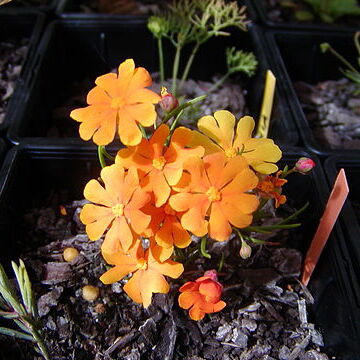Trees, shrubs, or woody climbers, rarely herbs; hairs sclerified and/or silicified, sometimes fasciculate. Leaves simple, rarely pinnatisect or pinnately compound, usually spirally arranged, rarely opposite, petiolate; stipules absent; petiole sometimes winged; leaf blade leathery, herbaceous, or membranous, margin entire or serrate. Flowers bisexual, rarely unisexual, actinomorphic, occasionally zygomorphic, solitary or in racemes, panicles or cymes. Sepals (3 or)4-5(-18), imbricate, persistent, usually leathery or fleshy, sometimes accrescent in fruit. Petals (2 or)3-5(-7), white, yellow, or red, imbricate, crumpled in bud. Stamens numerous (or 1-10), developing centrifugally, free or united basally and then in fascicles; staminodes often present; anthers basifixed, dehiscing by longitudinal slits, apical clefts, or apical pores. Gynoecium (1 or)2-7(-20)-carpellate, superior; carpels free or hemisyncarpous; stylodia free, apically stigmatic; ovules 1 to numerous, anatropous; placentation submarginal, or basal when ovules 1 or 2. Fruit a follicle, polyfollicle, berry, or capsule, or indehiscent and enclosed by fleshy sepals. Seeds 1 to numerous; endosperm copious, oily; embryo very small, straight, achlorophyllous.
Trees, shrubs, climbers, more rarely perennial herbs. Leaves alternate (opposite in Hibbertia from Madagascar), simple, rarely deeply lobed or pinnatifid (not in Africa). Stipules absent or more rarely adnate to the petiole and wing-like. Flowers bisexual, or unisexual, regular, hypogynous, borne in terminal or axillary cymes or racemes, sometimes solitary. Sepals 3–5(–20), free, imbricate, persistent. Petals (2–)5(–6), free, imbricate, often relatively large and showy. Stamens (3–)?, free or partially united at the base into bundles, often persistent; anthers 2-thecous, dehiscence by means of a longitudinal slit or apical pore. Carpels (1–)3–5(–20), free or partially united along the central axis; ovules 1 or more, anatropous, erect from the base or inner suture; styles free; stigma simple. Fruit a follicle or berry-like. Seeds usually bearing a laciniate aril and copious fleshy endosperm
Shrubs or undershrubs, often climbing, rarely trees or herbs; leaves alternate, simple, entire or dentate (rarely divided); stipules very rare, and then adnate to the petiole and early deciduous
Stamens numerous, rarely definite (never in our area), hypogynous, free or variously united into bundles at the base, often persistent; anthers opening lengthwise or by terminal pores
Leaves alternate, entire or variously toothed (rarely pinnatifid or 3-lobed but not in our area), with prominent, parallel lateral nerves
Carpels free, rarely one; ovules single or more, erect from the base or on the ventral suture of the carpel; styles free
Seeds usually with a crested or laciniate aril; endosperm copious, fleshy; embryo minute
Stamens hypogynous, numerous, rarely 10 or fewer, free or variously united at the base
Flowers yellow or white, hermaphrodite or polygamous, rarely dioecious
Stipules absent or represented by a narrow wing adnate to the petiole
Seeds 1 or few, with an aril; endosperm copious, with minute embryo
Carpels 1 or many, generally free; ovules 1 to many in each carpel
Petals 5 or fewer, imbricate, often crumpled in bud
Flowers bisexual (in all our species) or unisexual
Sepals 5, rarely fewer, imbricate, persistent
Petals 5 or fewer, imbricate, fugacious
Fruits dehiscing by one or both sutures
Shrubs, trees or lianes, rarely herbs
Ripe carpels dehiscent or baccate
Inflorescence various
Sepals 5, imbricate

